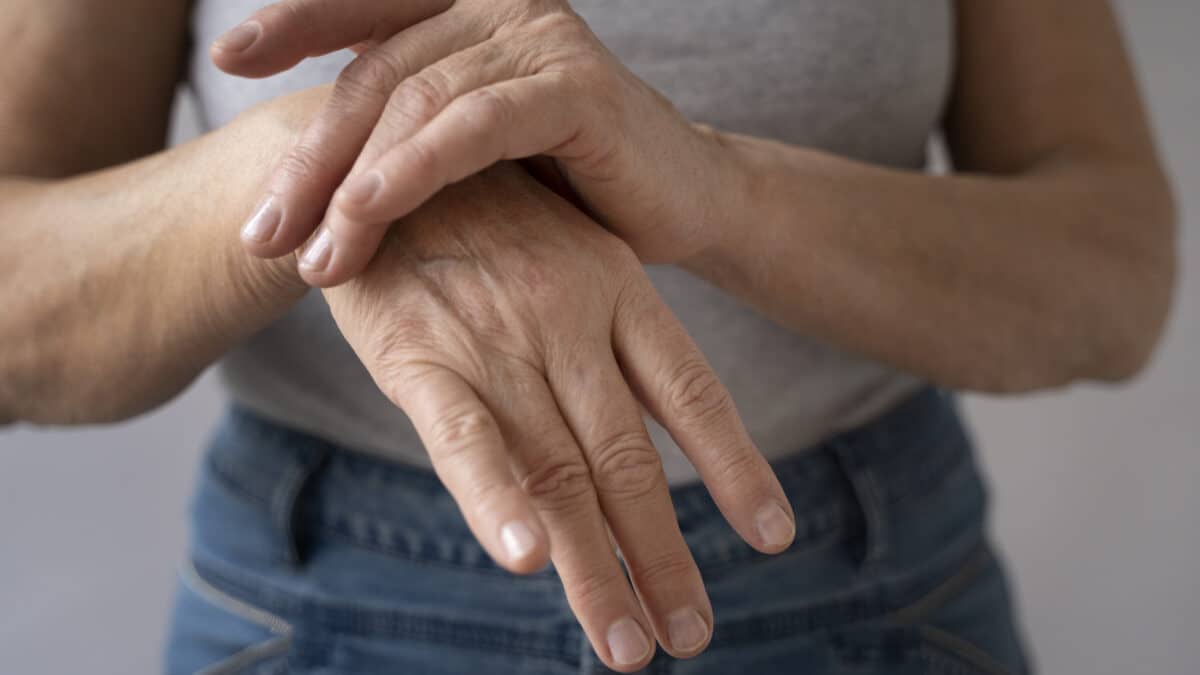- Immediate contact :
- +1-323-988-5889
- info@rehabgloves.com

Hand Rehabilitation for Dislocations
May 19, 2022
Rehabilitation-Guided Recovery of motor functions after stroke
May 21, 2022Rehabilitation for Peripheral Nerve Disorders
Peripheral neuropathy is a kind of nerve injury caused by a variety of illnesses. Autoimmune illnesses are one type of health issue that can cause peripheral neuropathy. Sjogren’s disease, lupus, rheumatoid arthritis, Guillain-Barre syndrome, chronic inflammatory demyelinating polyneuropathy, and vasculitis are examples of these.
Peripheral neuropathy is nerve damage caused by a number of different conditions that might include:
· Autoimmune diseases. These include Sjogren’s syndrome, lupus, rheumatoid arthritis, Guillain-Barre syndrome, chronic inflammatory demyelinating polyneuropathy and vasculitis.
· Diabetes. This is the most common cause. Among people with diabetes, more than half will develop some type of neuropathy.
· Infections. These include certain viral or bacterial infections, including Lyme disease, shingles, Epstein-Barr virus, hepatitis B and C, leprosy, diphtheria, and HIV.
· Inherited disorders. Disorders such as Charcot-Marie-Tooth disease are hereditary types of neuropathy.
· Tumors. Growths, cancerous (malignant) and noncancerous (benign), can develop on the nerves or press on nerves. Also, polyneuropathy can arise as a result of some cancers related to the body’s immune response. These are a form of a degenerative disorder called paraneoplastic syndrome.
· Bone marrow disorders. These include an abnormal protein in the blood (monoclonal gammopathies), a form of bone cancer (myeloma), lymphoma and the rare disease amyloidosis.
· Other diseases. These include kidney disease, liver disease, connective tissue disorders and an underactive thyroid (hypothyroidism).
Every nerve in your peripheral system has a specific function, so symptoms depend on the type of nerves affected.
Still, the most common symptoms of peripheral neuropathy might include:
· Gradual onset of numbness, prickling or tingling in your feet or hands, which can spread upward into your legs and arms
· Sharp, jabbing, throbbing or burning pain
· Extreme sensitivity to touch
· Pain during activities that shouldn’t cause pain, such as pain in your feet when putting weight on them or when they’re under a blanket
· Lack of coordination and falling
· Muscle weakness
· Feeling as if you’re wearing gloves or socks when you’re not
· Paralysis if motor nerves are affected
Various therapies and procedures might help ease the signs and symptoms of peripheral neuropathy. Rehabilitation is classified among the best options for Peripheral Nerve Disorders.
Stretching, muscular strengthening, balance and motor coordination exercises, aerobic training, and occupational therapy are all common forms of rehabilitation. Muscle weakness is the most common disability in people suffering from peripheral neuropathies.
In this context, the Robotic Rehabilitation Gloves: SIFREHAB-1.1 is appropriate for individuals with hand dysfunction caused by Peripheral Nerve Disorders. It is a novel product for hand function rehabilitation.
This device can help patients boost their psychological well-being and sense of self-accomplishment since they can recover at home by themselves, save the cost of a rehabilitation hospital and accompanying care, independently complete the daily rehabilitation training plan, and carry out functional task-oriented training. These tasks include daily activity training such as stretching, machine holding, etc.
The SIFREHAB-1.1 is an easy-to-use device made of polymer pneumatic flexible material that is adjustable and wearable and can start the artificial flexible drive with great flexibility. As a result, patients suffering from nerve problems may expect a stress-free home rehabilitation session.
If the underlying cause of peripheral neuropathy is not treated, you may be at risk of developing potentially serious complications, such as hand infection. This can lead to gangrene if untreated, and in severe cases may mean the hand has to be amputated.
By taking into account the need to pursue rehabilitation activities at home, a better outcome can be achieved in less time. For this reason, the Robotic Rehabilitation Gloves: SIFREHAB-1.1 has been advanced as one of the most suitable devices specifically designed to promote this quick and effective physical recovery.
Reference: Peripheral neuropathy


